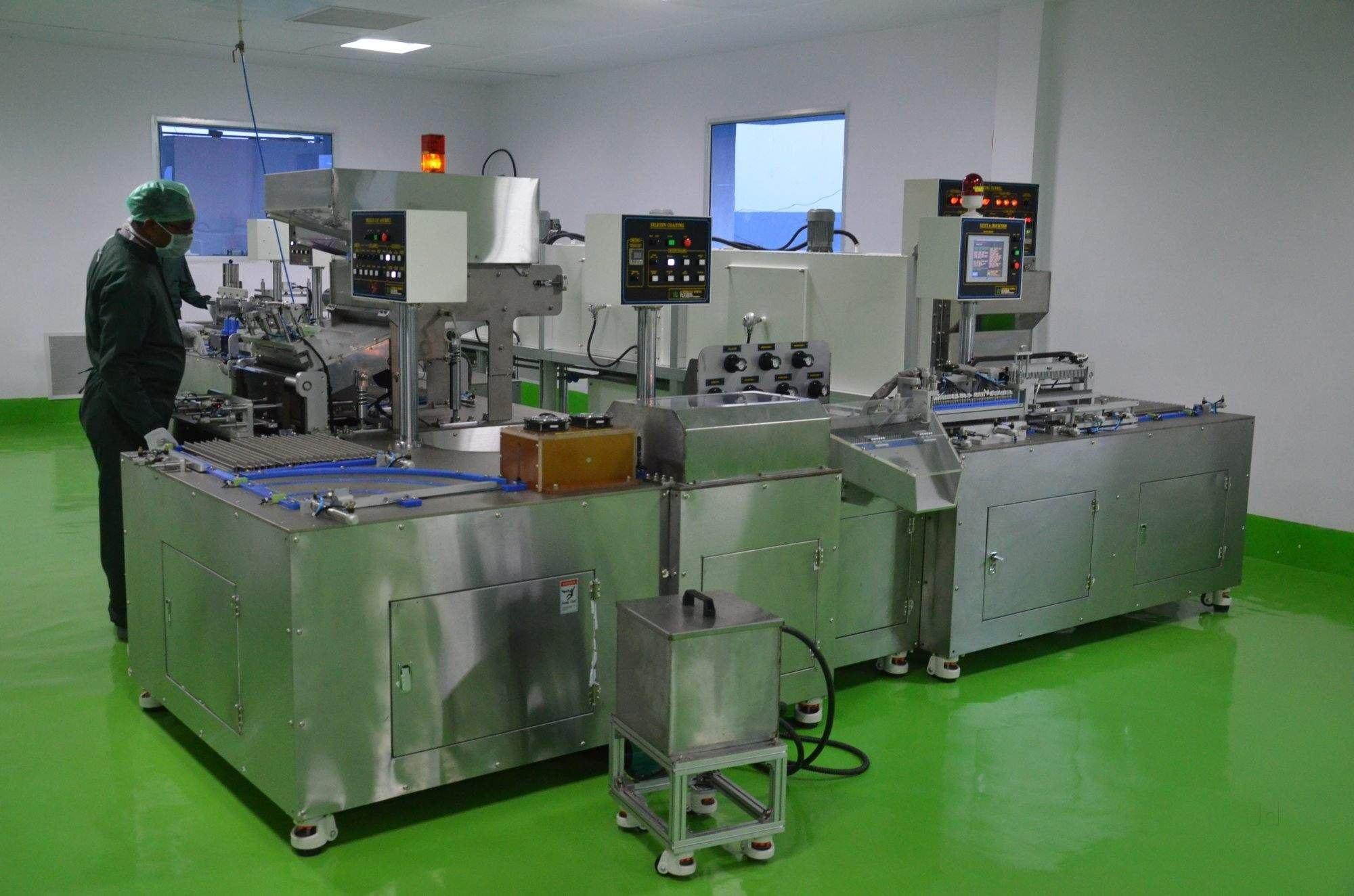Breaking Down the Budget: A Realistic Cost Guide to Starting a Disposable Syringe Manufacturing Plant in 2025

Starting a disposable syringe manufacturing plant may seem like a straightforward business move, but in 2025, the costs involved are more dynamic than ever. As healthcare systems expand and global demand for medical disposables grows, entrepreneurs are looking to capitalize on this opportunity. However, the success of such a venture hinges largely on understanding — and managing — the costs from day one.

In this article, we’ll take a comprehensive look at the major financial elements involved in establishing a disposable syringe plant, highlight hidden or unexpected expenses, and provide tips to ensure a smoother financial journey for manufacturers.
1. Initial Capital Investment
The upfront cost of setting up a disposable syringe manufacturing facility depends on several key factors: plant size, automation level, target production volume, and geographical location.
On average, a small to mid-sized fully automated plant with an annual production capacity of 50–100 million syringes will require a capital investment ranging from $1.5 million to $5 million.
This estimate includes:
-
Land purchase or lease
-
Building and infrastructure (cleanroom setup, utilities)
-
Machinery (injection molding machines, assembly machines, packaging units)
-
Quality control equipment and labs
2. Machinery and Technology Costs
Machinery is the largest portion of your capital expenditure. A modern syringe manufacturing line includes:
-
Injection molding machines for barrel and plunger
-
Needle assembly systems
-
Sterilization units (ETO or gamma)
-
Automatic inspection and packaging systems
You can expect to spend $800,000 to $2 million depending on the scale and whether the machines are imported or locally sourced. Fully automated systems cost more upfront but offer long-term labor and efficiency savings.
3. Cleanroom and Compliance
To meet GMP standards and obtain necessary certifications (ISO 13485, CE marking, etc.), your facility must include a proper cleanroom environment. These controlled environments are costly to build and maintain.
Cleanroom setup for a mid-sized plant can cost around $150,000 to $500,000, depending on classification (ISO 7 or ISO 8) and air handling unit specifications.
4. Labor and Operational Costs
Even with automation, you’ll need skilled personnel for machine operation, quality control, logistics, and regulatory tasks.
Monthly operational costs include:
-
Salaries and benefits
-
Electricity and water (especially for sterilization and air control)
-
Raw materials (polypropylene, rubber, stainless steel needles)
-
Waste management
Expect operational costs to be around $30,000 to $70,000 per month for a medium-scale facility.
5. Licensing, Permits & Compliance
No medical manufacturing business can operate legally without proper licenses. You will need:
-
Drug manufacturing licenses (from local FDA equivalents)
-
Pollution control permits
-
Fire and safety clearances
-
ISO certifications
Budget approximately $20,000 to $50,000 for documentation, audits, and registration fees.
6. Hidden Costs You Might Miss
There are costs that many first-time entrepreneurs forget to include in their business plan:
-
Mold maintenance or replacement (every 2–3 years)
-
Machine calibration and annual servicing
-
Insurance for equipment and facility
-
Employee training programs
-
Marketing and product branding (especially for exports)
These costs can add up to $100,000+ annually, depending on your market reach and scale.
7. Location Matters: Regional Cost Differences
Starting a syringe plant in India, for example, will differ significantly in cost from starting one in Germany or the U.S. Labor, utilities, land, and regulatory compliance vary across countries.
-
In Asia, lower labor costs and government subsidies can reduce capital and operational expenditure.
-
In Europe or North America, expect higher compliance and personnel costs but easier access to quality machinery and financing.
8. How to Optimize Costs
Smart cost management can help you reach break-even faster:
-
Start with a scalable facility design
-
Lease rather than buy land if short on capital
-
Source local machinery where quality permits
-
Partner with nearby labs for testing instead of setting one up immediately
Finally
Understanding the real disposable-syringe-manufacturing-plant-cost is the first step to making an informed investment decision. While the numbers can vary, knowing where your money goes — and where you can save — will help you avoid surprises and build a sustainable, profitable business.
- Vibnix Blog
- Politics
- News
- Liberia News
- Entertainment
- Technology
- Educación
- Art
- Causes
- Crafts
- Dance
- Drinks
- Film
- Fitness
- Food
- Juegos
- Gardening
- Health
- Home
- Literature
- Music
- Networking
- Other
- Party
- Religion
- Shopping
- Sports
- Theater
- Wellness



